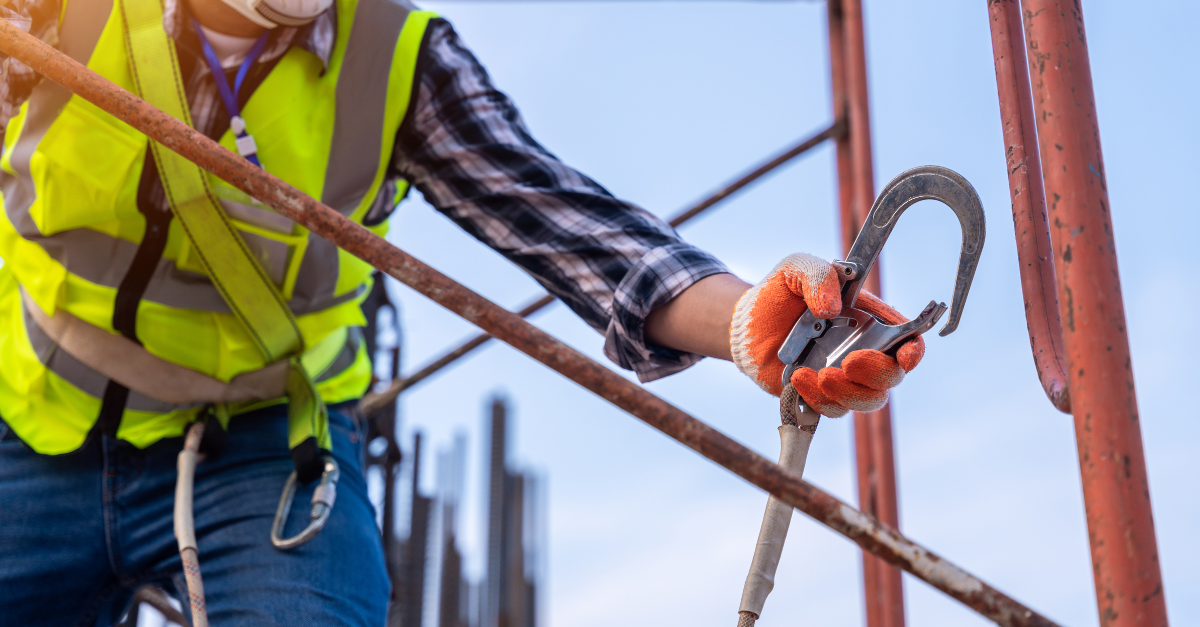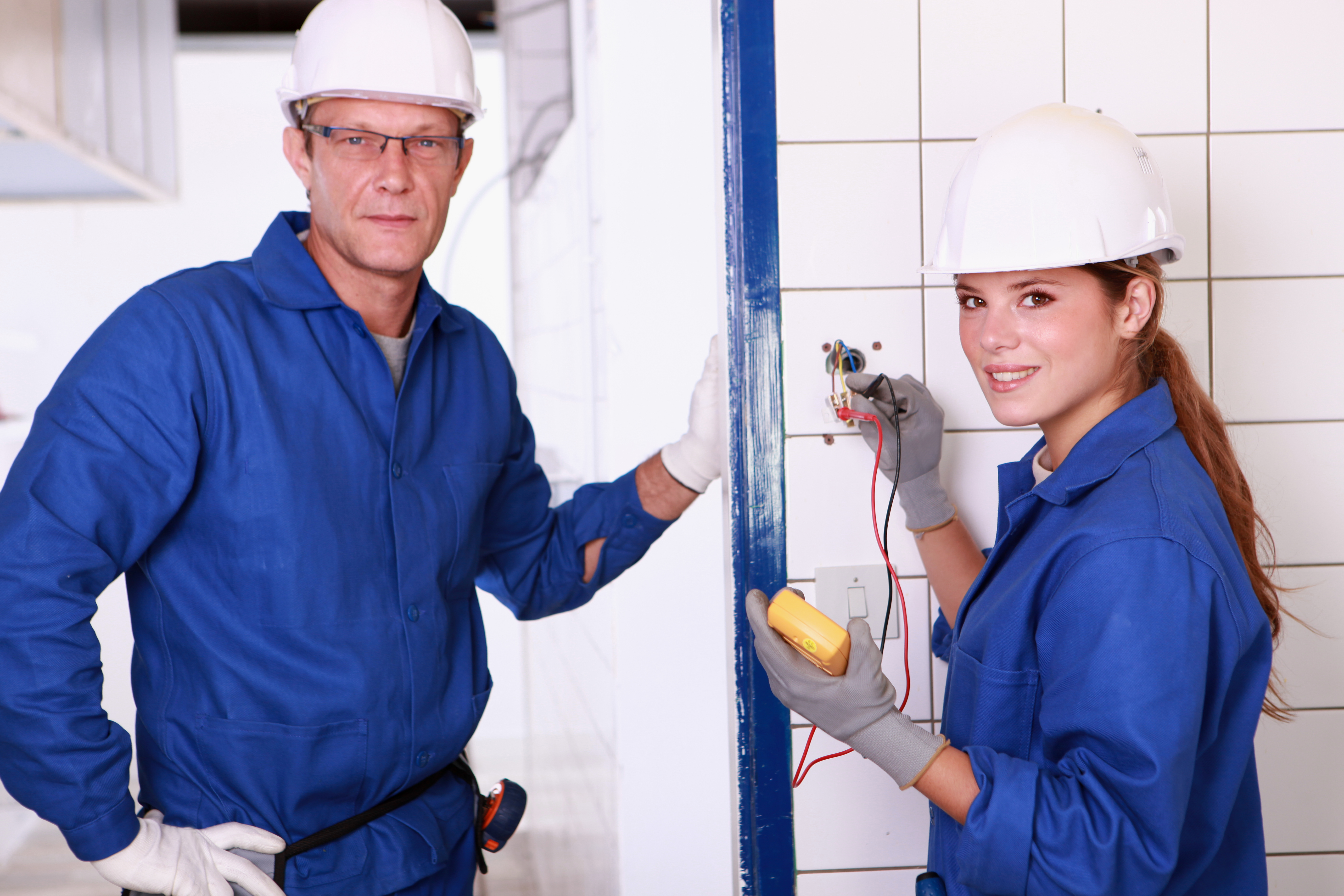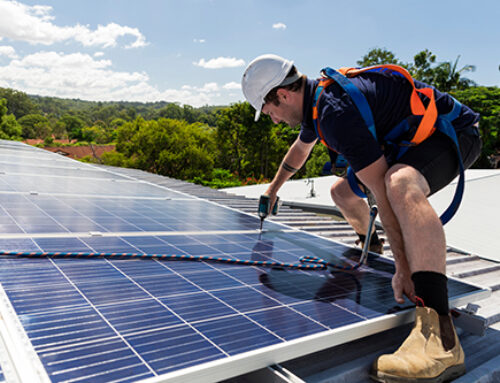Working on roofs requires careful planning, effective control measures, and proactive safety practices to mitigate risks effectively and ensure the well-being of workers.
Working on roofs or at heights presents inherent risks that require careful consideration and proactive measures to ensure safety. Recent incidents serve as stark reminders of the importance of prioritising safety when undertaking such tasks. In this comprehensive guide, we’ll outline the hazards associated with working on roofs and provide practical advice on how to mitigate risks effectively.

Understanding the scope of work:
Work on roofs encompasses various activities, including construction work such as alterations, repairs, maintenance, and installations like solar panels. Even seemingly minor tasks such as cleaning gutters or replacing individual roof tiles can pose significant risks, particularly the danger of falls.
Identifying high-risk work:
Within the realm of roof work, certain activities are categorised as high-risk construction work, demanding heightened attention to safety protocols. These activities include tasks involving:
- Risks of falls exceeding two metres
- Demolition of load-bearing elements within the structure
- Disturbance of asbestos, necessitating meticulous handling and containment procedures
- Work conducted in proximity to energised electrical installations, posing inherent electrocution hazards
Given the elevated level of risk associated with these tasks, it is imperative that comprehensive safety measures are implemented. This begins with the development of a Safe Work Method Statement (SWMS), a crucial document outlining the specific measures to be employed in controlling identified risks. Importantly, input from relevant workers should be sought in the preparation of this statement, ensuring that the strategies outlined are both feasible and effective in practice.
Managing fall risks:
Falls from heights are a leading cause of injuries in roof work. Control measures to mitigate fall risks include:
- Using fall prevention devices such as edge protection guardrails, safety mesh, , scaffolding, or elevating work platforms to create physical barriers and prevent accidental slips or falls.
- Implementing work positioning systems like travel restraints or fall-arrest systems to limit the extent of potential falls and provide additional support to workers operating at elevated positions.
- Adhering strictly to safe work procedures, particularly when undertaking minor tasks on flat or nearly flat roofs. This involves maintaining awareness of potential hazards, adhering to established safety protocols, and exercising caution at all times to minimise the risk of accidents or injuries.
Falls from heights represent a prevalent hazard in roof work, accounting for a significant portion of injuries sustained in this field. To mitigate the risks associated with falls, several key control measures are recommended:
Safety must remain paramount when working at heights or on roofs. By diligently identifying hazards, implementing robust control measures, and offering comprehensive training and supervision, we can uphold the safety and well-being of workers in this demanding environment. By fostering a culture of safety and vigilance, we mitigate risks and promote a secure working environment for all involved in roof-related tasks.
Remember, a proactive approach to safety saves lives and protects our most valuable asset: our people.
Each Australian state has a code of practice for managing the risk of falls at workplaces. These codes of practice provide valuable information around the hierarchy of controls to be implemented when working at heights.
Stay safe, stay informed, and work smartly at heights.





